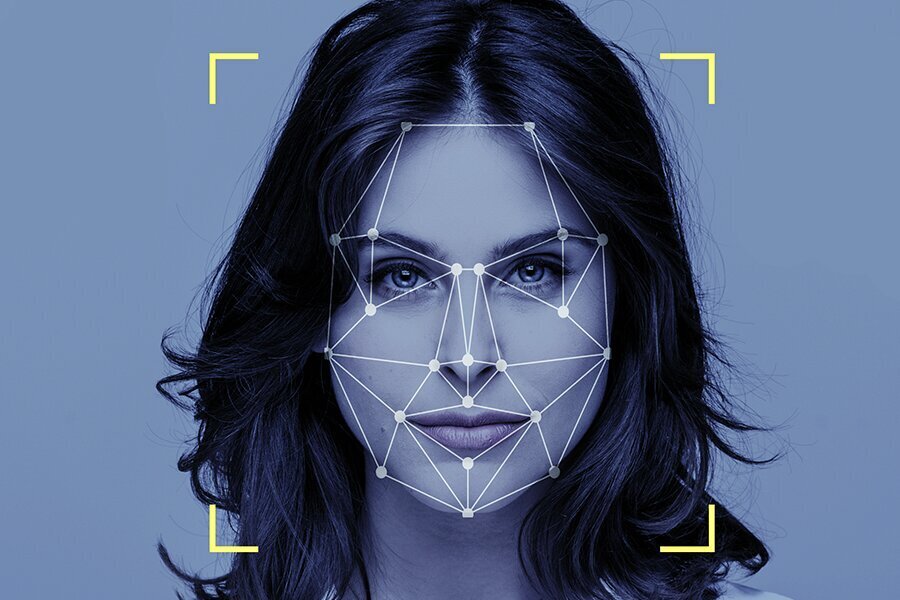Face recognition technology has advanced significantly in recent years, leveraging deep learning frameworks and models such as FaceNet, MTCNN, and OpenFace. These models are widely used for identifying and verifying individuals based on facial features extracted from images.
FaceNet
FaceNet, developed by researchers at Google, is a deep learning model that maps facial images into a compact Euclidean space, where the distance between points corresponds to the similarity of the faces. The model was introduced in the paper “FaceNet: A Unified Embedding for Face Recognition and Clustering” by Schroff et al. in 2015. It uses a triplet loss function to ensure that the embeddings of similar faces are closer together than those of dissimilar faces. FaceNet has demonstrated state-of-the-art performance on various face recognition benchmarks and is implemented in several frameworks, including TensorFlow and Keras[2][4].
MTCNN
The Multi-task Cascaded Convolutional Networks (MTCNN) is another critical component in face recognition systems. It is primarily used for face detection and alignment, which are essential preprocessing steps before applying recognition models like FaceNet. MTCNN operates in three stages: it proposes candidate windows, refines these candidates, and finally outputs the bounding boxes for detected faces. This method effectively handles various challenges, such as occlusions and variations in pose, making it a robust choice for detecting faces in images[3][5].
OpenFace
OpenFace is an open-source facial recognition project based on the FaceNet architecture. It provides a user-friendly interface for implementing face recognition tasks and is built on top of deep learning frameworks like PyTorch. OpenFace focuses on providing high-quality facial embeddings that can be used for various applications, including real-time face recognition and tracking. It is designed to be lightweight and efficient, making it suitable for deployment in mobile and embedded systems[3].
Implementation Overview
To implement a face recognition system using these models, the typical workflow involves:
- Face Detection: Use MTCNN to detect and align faces in images.
- Feature Extraction: Pass the detected faces through FaceNet to obtain facial embeddings.
- Classification: Use a classifier, such as Support Vector Machine (SVM), to identify individuals based on their embeddings.
This pipeline allows for accurate and efficient face recognition, suitable for various applications, from security systems to social media tagging[1][4].
In conclusion, the integration of FaceNet, MTCNN, and OpenFace represents a significant leap in the capabilities of face recognition systems, enabling high accuracy and real-time processing in diverse environments.
Further Reading
1. Face Recognition in Python | Part 1 | FaceNet, MTCNN, SVM – YouTube
2. GitHub – davidsandberg/facenet: Face recognition using Tensorflow
3. GitHub – timesler/facenet-pytorch: Pretrained Pytorch face detection (MTCNN) and facial recognition (InceptionResnet) models
4. How to Develop a Face Recognition System Using FaceNet in Keras – MachineLearningMastery.com
5. https://jasonyanglu.github.io/files/lecture_notes/%E6%B7%B1%E5%BA%A6%E5%AD%A6%E4%B9%A0_2020/Project/Face%20Recognition%20Based%20on%20MTCNN%20and%20FaceNet.pdf


